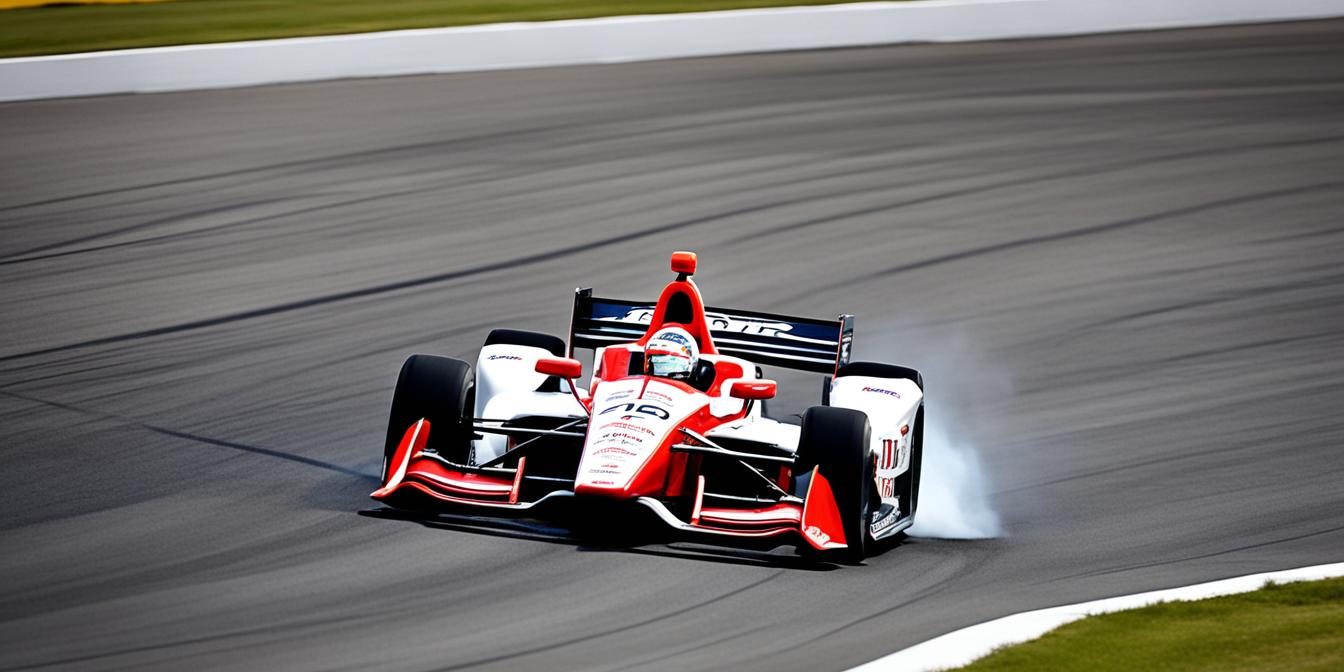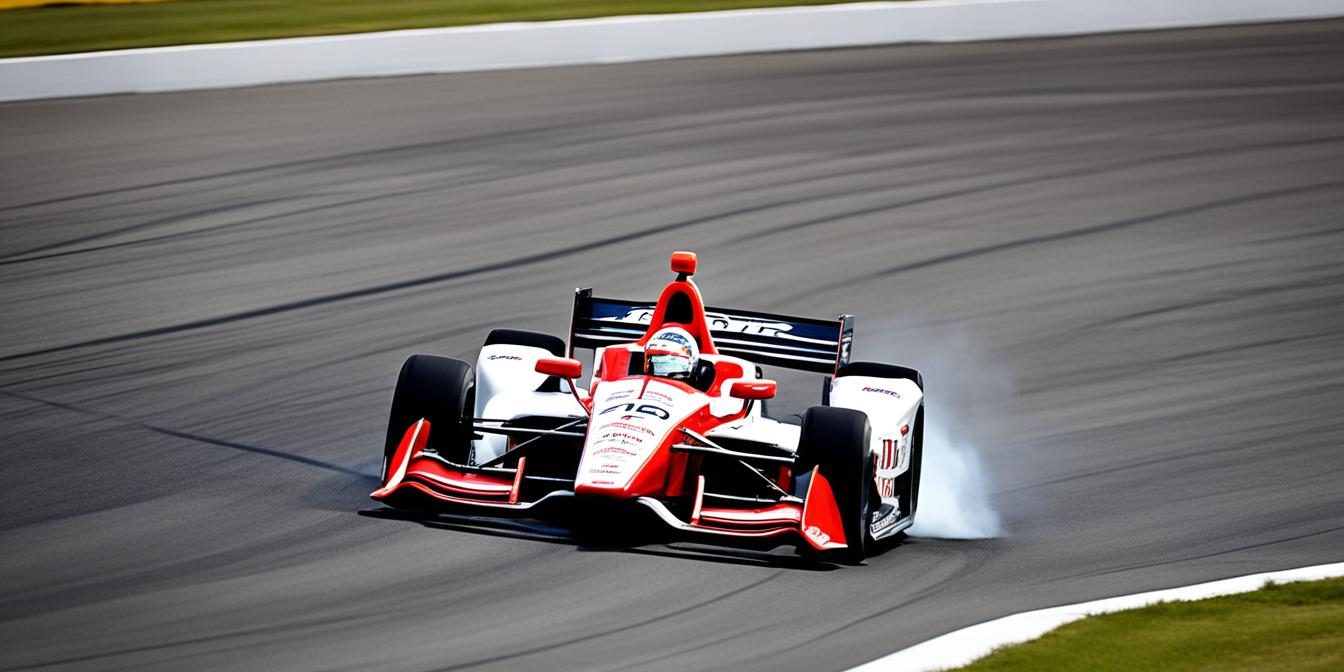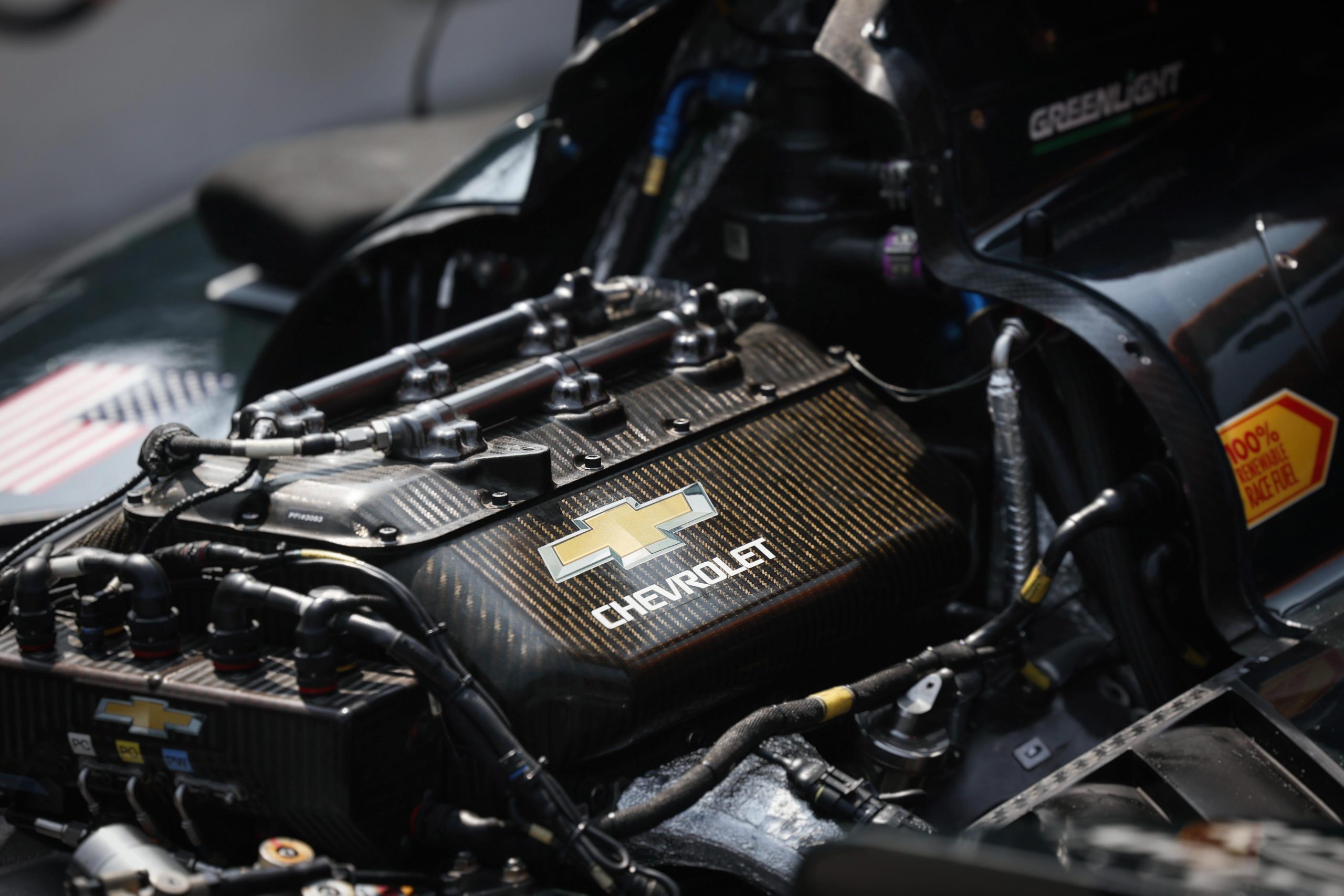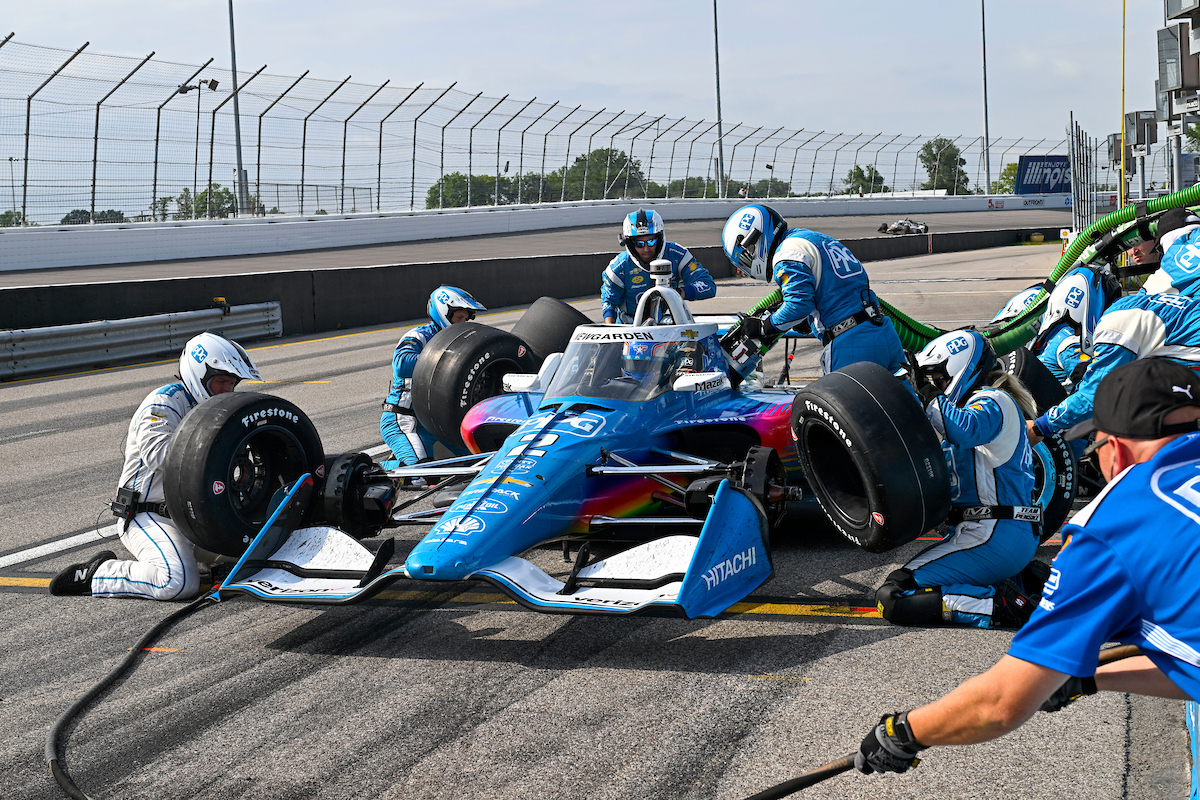IndyCar Performance: Impact of Race Tracks


In IndyCar racing, how well drivers and teams do can depend on many things. One big factor is the race track itself. Things like what the surface is, how much grip it has, and more matter a lot in races.
Engineers are always looking at the tracks and making changes to make cars run better. The track’s surface, how hot it is, and what it’s made of all change how much the tires stick. This affects tire pressure, how much grip the tires have, and how the car drives.
As races go on, the track picks up rubber from the tires. This can change how much grip the track has and how the cars handle. Drivers and teams need to notice this and change their plans.
So, race tracks really do matter a lot in IndyCar races. We’ll talk about what makes a track good or bad for racing. Let’s explore the world of IndyCar tracks and how they shape the sport.
Table of Contents
The Influence of Track Surface on IndyCar Performance
The track surface is key for IndyCar performance. Many factors affect it, like the track’s temperature, grip level, and the material of the road. The bumpiness of the surface and rubber build-up also matter a lot.
Track temperature is very important. It changes how well the tires grip. Engineers set the tire pressures just right for the best grip, depending on the temperature.
Roads made of asphalt, concrete, or tarmac give different grips. Engineers adjust the car’s setup for these differences. For example, the Toronto track has various materials, making it tough to set up the car for every corner.
The track’s bumpiness affects the car too. The car’s springs and dampers must match the track. This choice affects how well the tires stay on the road and how the car handles.
As more laps are done, rubber builds up on the track’s racing line. This rubber makes the track grip better. Engineers need to plan for this as the race goes on.
To show how the track’s surface affects IndyCar performance, look at this table:
| Track Surface | Impact on Performance |
|---|---|
| Hot Asphalt | Provides high grip levels but can wear tires faster |
| Bumpy Concrete | Requires a softer setup to handle the bumps effectively |
| Tarmac | Offers good grip and consistent performance |
| Rubber-filled Racing Line | Increases grip as more laps are completed, providing a performance advantage |
How the track feels greatly affects IndyCar races. It changes tire grip and how the car drives. Engineers watch this and make changes to get the best performance.
Every detail of the track matters to IndyCar teams. They use this understanding to do better against their rivals. The right setup can mean the difference between winning or losing in IndyCar racing.
The Impact of Ambient Conditions on IndyCar Performance
The environment around IndyCars, like air temperature and density, has a big impact. These factors change how the car performs, so teams must adjust everything perfectly. This makes sure the cars are ready to race.
Warm or cold air affects the track and the car’s tires differently. When it’s warm, tracks get hot and tires lose grip, making the car hard to control. In cold weather, it’s the opposite; tires grip better but the car’s balance needs tweaking.
Air density plays a key part in making downforce, which helps with the car’s stability. It also affects how the car handles. To keep the car running smoothly, teams make sure the setup matches the air’s thickness.
Moisture in the air from high humidity can hinder engine power. To counter this, teams tweak the engine’s cooling flow. Air pressure affects the car’s aerodynamics. Teams must balance reducing drag with getting the most power.
Teams keep a close eye on the weather and adjust their setup as needed. They strive to balance power, drag, and reliability. Finding this balance is key to doing well in a race.
Looking at how the surrounding air affects the car helps teams prepare. By making precise changes, they aim to handle any challenge the weather throws at them. This leads to a setup that offers the best grip, downforce, and power. And this, in turn, improves their performance on the track.
Summary:
The weather greatly influences how IndyCars run. Changes like temperature, air density, and more require precise tweaks to the cars. Teams have to adjust for different temperatures affecting the track, the tires, and the car’s balance. They also have to balance downforce with varying air thickness. Engine power and the car’s shape are affected by humidity and air pressure, which teams must manage well. Dealing with these conditions is crucial for setting up a car to win in IndyCar racing.
Comparing IndyCar and F1: Differences in Cars, Tracks, and Season
IndyCar and Formula One (F1) are top racing series worldwide. They aim to thrill fans with fast competition but have key differences.
Cars and Specifications
In IndyCar, every team uses the same Dallara DW12 chassis and aerodynamic kit, making it fair. F1 has teams designing their own cars, leading to a big variety.
F1 cars use hybrid power units for ultrasmooth moves, unlike IndyCars that focus on raw speed. They can hit over 240 mph on oval tracks.
Track Types and Locations
IndyCar races on many tracks types, offering a range from ovals to street courses. This variety tests drivers’ skills in diverse ways. F1 mostly races on roads and city streets.
IndyCar stays mostly in North America, whereas F1 races worldwide, across five continents and many countries.
Race Formats and Scoring Systems
IndyCar’s races can be single or double, with points given for finish positions and other achievements. F1 rewards more drivers with a points system that goes past the top ten.
F1 also has sprint races to set the lineup, making the racing weekend even more thrilling.
| Comparison | IndyCar | F1 |
|---|---|---|
| Car Design | Same chassis and aerodynamic kit for all teams | Each team develops its own car design |
| Top Speed | Over 240 mph | Greater overall maneuverability |
| Track Types | Speedways, ovals, road courses, street courses | Road courses, street courses, few ovals |
| Geographical Reach | Primarily North America | Across five continents |
| Race Format | Single or double-header races | Sprint qualifying, tiered points system |
Even with their differences, IndyCar and F1 both offer nail-biting racing. They show off drivers’ and teams’ incredible skills. Each has its own appeal, from Indy’s speedways to Monaco’s tricky roads.
Conclusion
The impact of race tracks on IndyCar performance is huge. Things like the track’s surface, its temperature, and road material are vital. These factors decide how well a race goes. Engineers are always tweaking their setups to perform the best they can at each track.
IndyCar performance is affected by many things like track temperature and grip. How the roads are made, how tracks change over time, and the weather also matter a lot. Teams and drivers must adjust to these to do well. This is key to winning races.
Knowing how to deal with a race track’s effects is a constant learning process. Teams evaluate tracks carefully and make changes to be their best. Being able to fit their strategy to each track is what makes some teams and drivers stand out.










